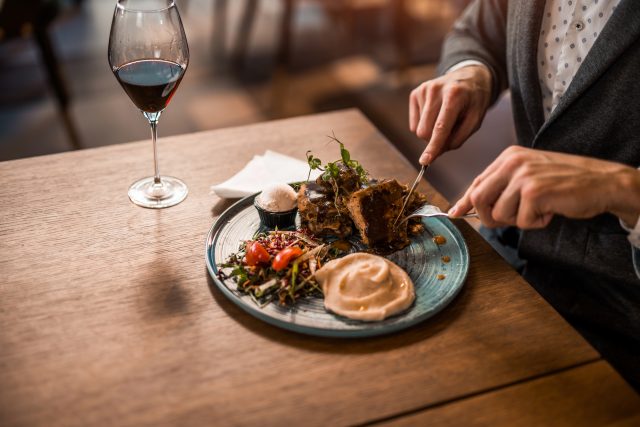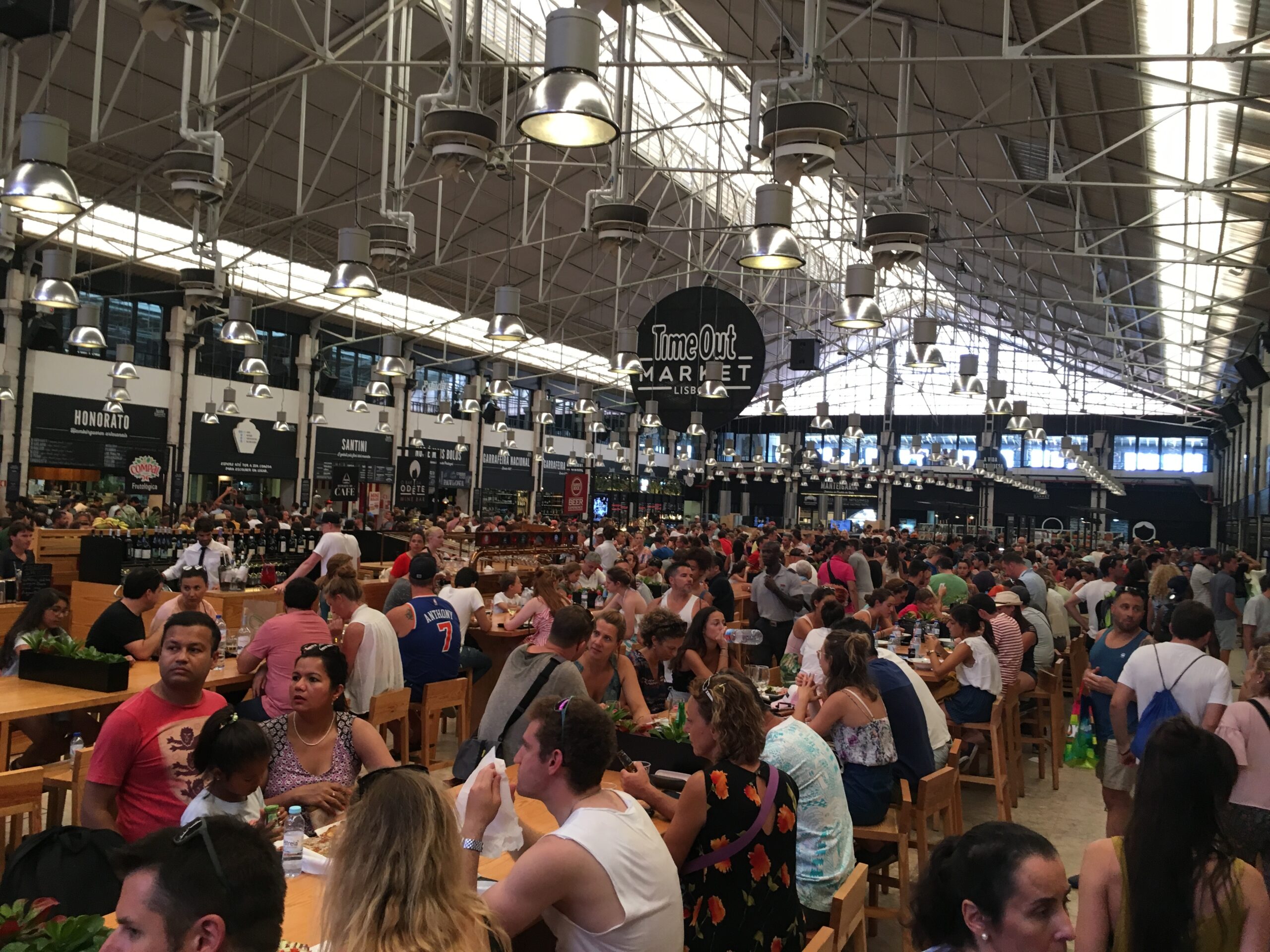The emergence of the zeros
The past few years have seen a remarkable shift in the beverage industry, with a growing trend towards zero alcohol drinks. According to a recent report by industry analysts IWSR, the global market for non-alcoholic beverages is set to grow by 31.8% between 2020 and 2024.
This rise in popularity can be attributed to a number of factors. For one, consumers are becoming increasingly health-conscious, with many looking for ways to reduce their alcohol intake. Additionally, the growing awareness of the risks associated with excessive drinking has led to many people seeking out alternatives to traditional alcoholic drinks.
Another driving force behind the rise of zero alcohol beverages is the changing drinking habits of younger generations. Millennials and Gen Zers are consuming significantly less alcohol than previous generations, with many opting for healthier options such as low-alcohol or alcohol-free drinks.
The success of zero alcohol beverages has been seen across a range of categories, from beer and spirits to wine and soft drinks. In recent years, a number of new brands have emerged in the market, specializing in zero alcohol options.
One of the most popular categories of zero alcohol beverages is beer. In the UK alone, sales of non-alcoholic beer increased by 30% in 2020, according to a report by The Morning Advertiser. This surge in demand has been driven by the introduction of new and innovative products, such as Heineken’s 0.0% and BrewDog’s Nanny State.
Spirits are another category that has seen a rise in zero alcohol options, with more and more brands producing alcohol-free versions of popular drinks such as gin and whiskey. This has been made possible by the development of new distilling techniques that allow producers to create complex and flavorful drinks without the need for alcohol.



